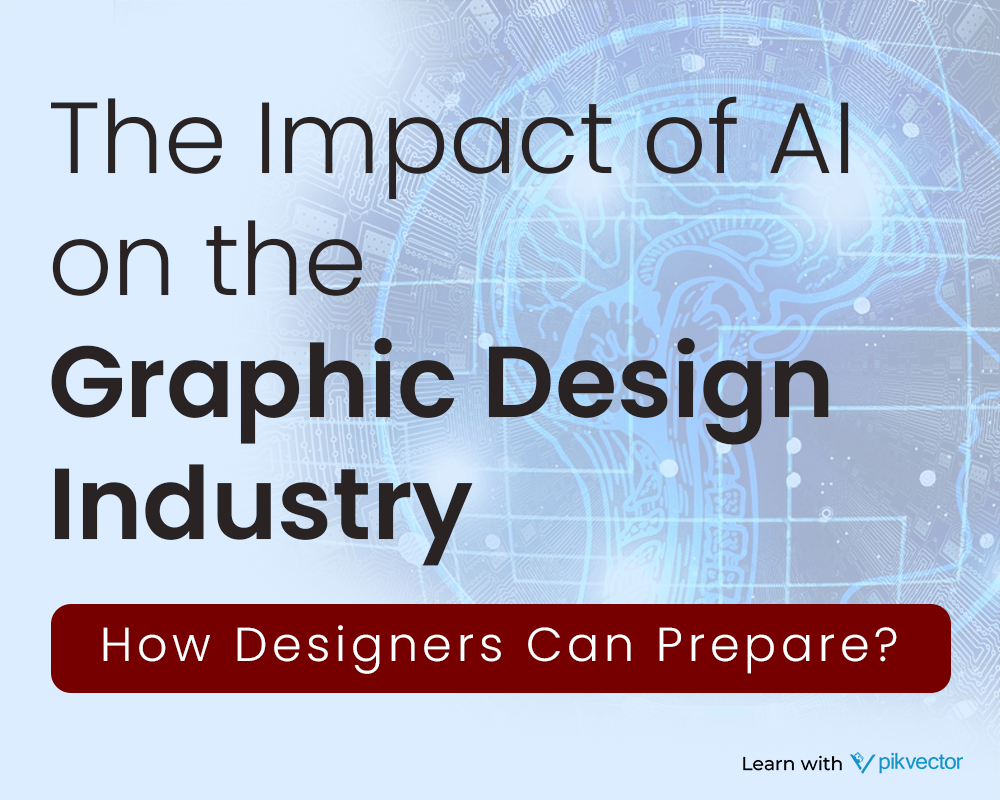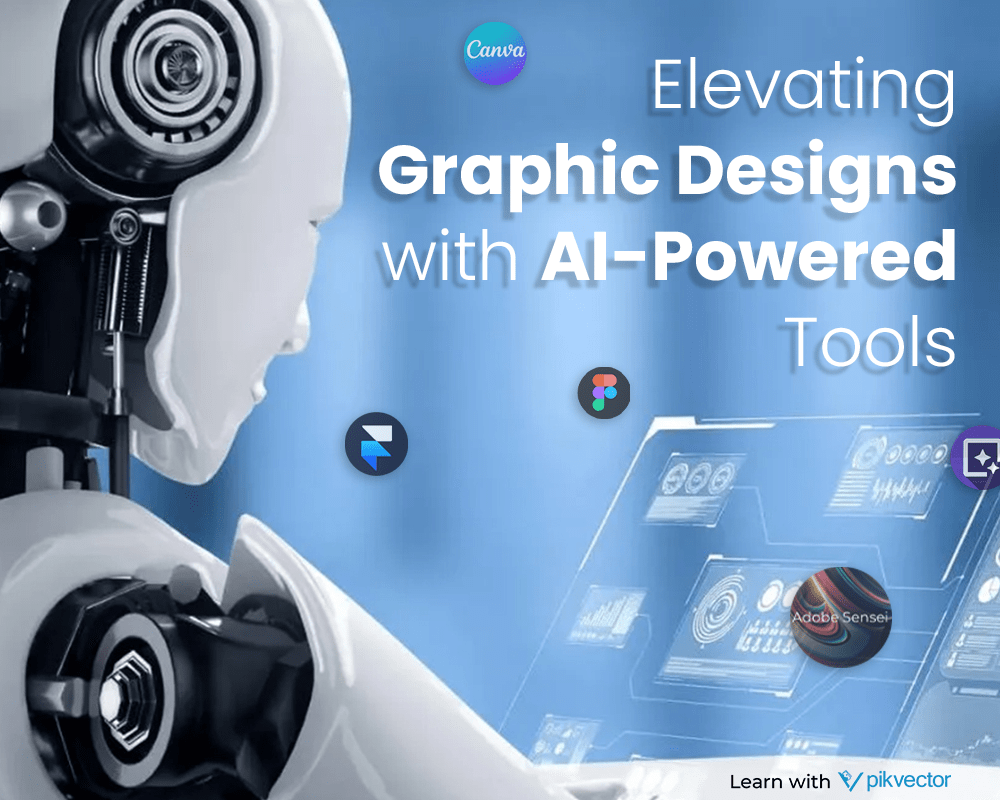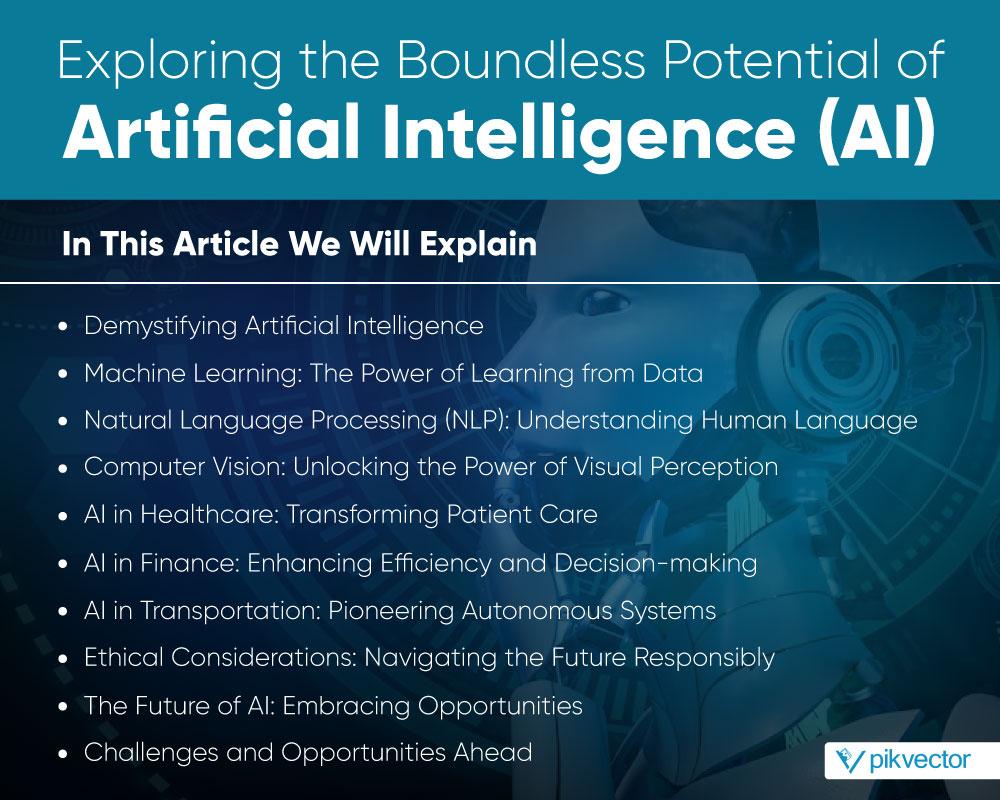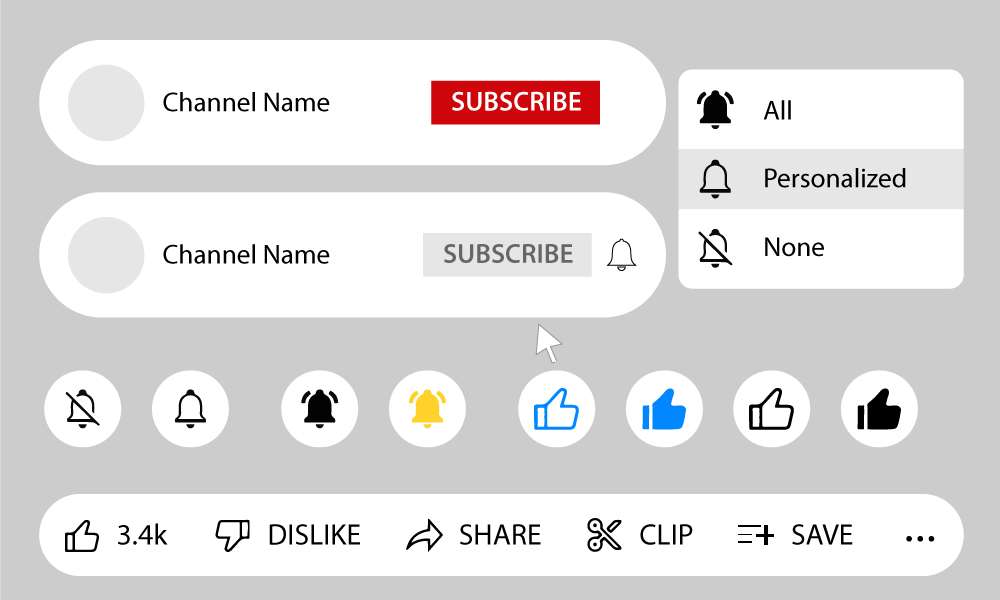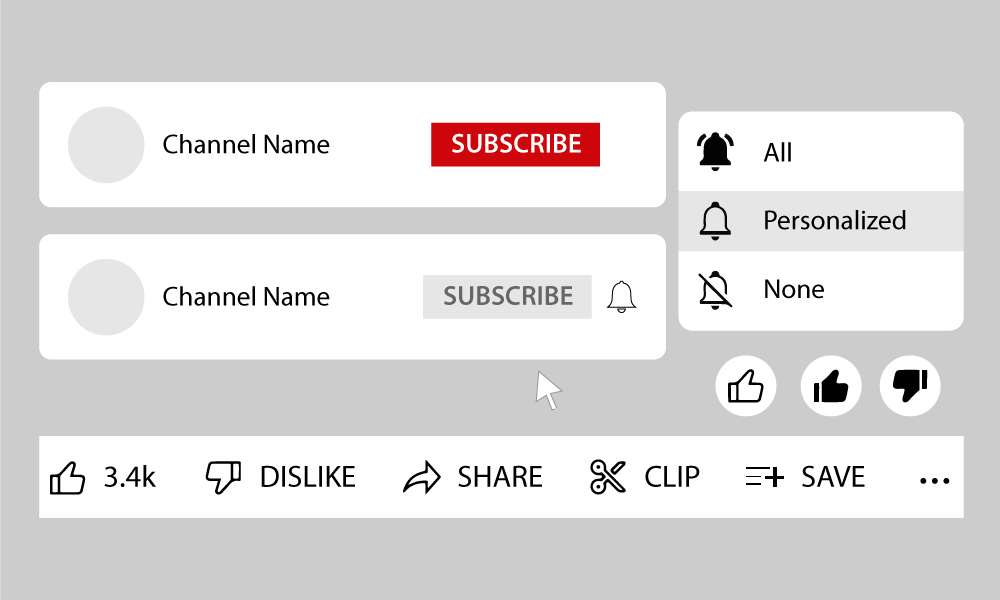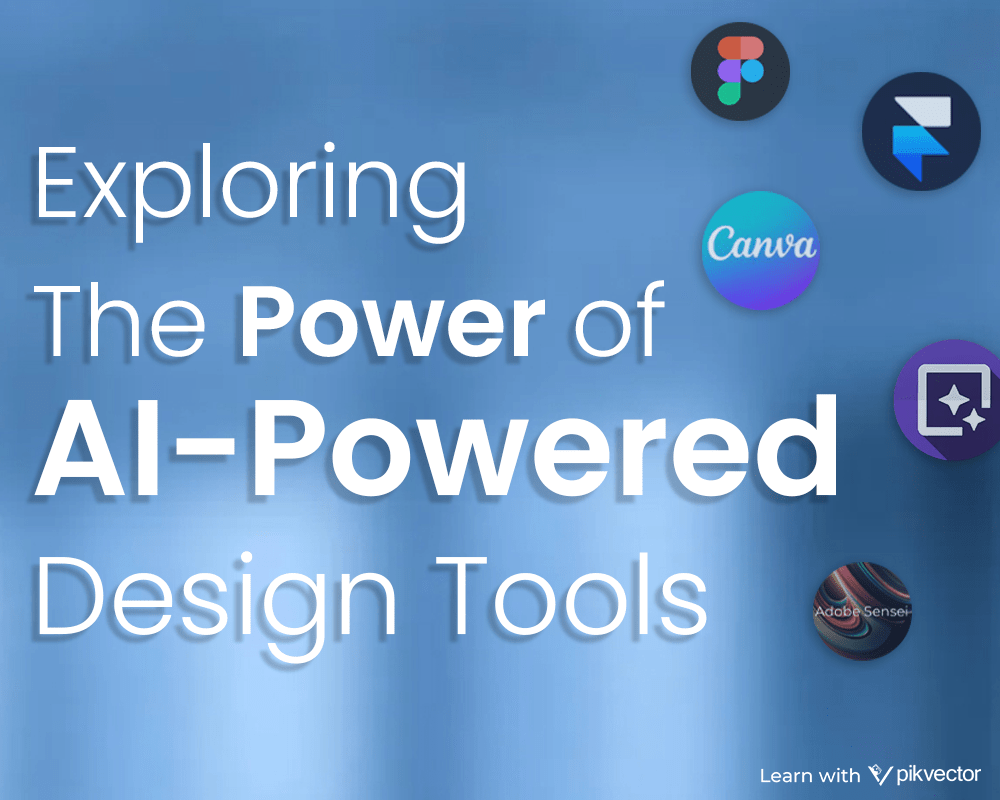
Introduction:
In a rapidly evolving digital landscape, the fusion of Artificial Intelligence (AI) with graphic design has opened up a world of endless possibilities. AI-powered design tools are reshaping the way designers work, enabling them to streamline processes, enhance creativity, and explore uncharted territories. In this article, we will embark on a journey to unravel the immense potential of AI-powered design tools and understand the impact they have on the graphic design industry.

Embracing the AI Revolution in Design:
1. Understanding the Essence of AI in Design: AI-powered design tools harness the potential of machine learning algorithms to automate repetitive tasks, process complex data, and generate creative solutions. By embracing AI, designers can augment their skills, save time, and unlock new realms of innovation.
2. Efficiency through Automation: Mundane tasks such as image resizing, layout formatting, and asset organization are now effortlessly automated by AI. In addition, This automation liberates designers from mundane responsibilities, allowing them to focus on what they do best: ideation, creative thinking, and problem-solving.
3. Inspiring Intelligent Design Generation: With AI algorithms at their disposal, designers can witness a surge in creativity. Furthermore, these algorithms generate design options based on specific inputs and parameters, presenting designers with a plethora of possibilities. They act as trusted partners, inspiring designers with fresh ideas and unique perspectives.
Amplifying Creativity and Expanding Boundaries:
1. Unleashing Design Exploration: AI-powered design tools encourage designers to push their creative boundaries. With instant feedback and insights, designers can experiment fearlessly, iterate rapidly, and explore unconventional design approaches, opening doors to innovative outcomes.
2. Intelligent Assistance and Recommendations: Thanks to AI’s ability to analyze extensive data, including user preferences, design trends, and user feedback, these tools provide intelligent suggestions and recommendations. Designers can rely on their AI companions for informed decisions, enhancing the quality and effectiveness of their designs.
3. Personalization and Optimization: AI-powered design tools optimize designs based on user data, ensuring personalized and targeted visuals. By tailoring designs to specific audiences, designers can create captivating experiences that resonate deeply.

Streamlined Collaboration and Workflow:
1. Catalyzing Team Collaboration: AI-powered design tools serve as catalysts for seamless collaboration among team members. These tools provide centralized platforms where designers, developers, and stakeholders can effortlessly collaborate, streamline feedback processes, and ensure smooth project execution.
2. Efficient Time and Resource Management: AI tools assist designers in managing their time and resources effectively. By automating repetitive tasks, scheduling project milestones, and predicting project timelines, designers can allocate their energy to the most critical aspects of the design process.
3. Data-Driven Decision-Making: AI-powered design tools empower designers to make data-driven decisions. By analyzing user behavior, market trends, and performance metrics, designers can create designs that resonate with target audiences and achieve desired objectives.
Ethical Considerations and the Human Touch:
1. Tackling Bias and Championing Diversity: Designers must approach AI-powered design tools with caution to prevent the perpetuation of biases and the exclusion of diverse perspectives. And evaluating the output of these tools, considering ethical implications, and making conscious decisions are essential to creating inclusive and diverse designs.
2. Preserving the Human Touch: While AI-powered design tools automate certain aspects of the design process, designers play a pivotal role in infusing designs with the human touch. It is the designer’s unique perspectives, emotions, and cultural nuances that resonate with audiences on a deeper level, and breathe life into their creations.
Conclusion:
The integration of AI into graphic design has propelled the industry into a new era of innovation and efficiency. AI-powered design tools automate repetitive tasks and provide intelligent suggestions. And optimize designs, empowering designers to unleash their creativity and amplify their impact. However, designers must remember to strike a delicate balance between harnessing the power of AI and preserving the human touch, ensuring inclusive, diverse, and meaningful design experiences. With AI as their ally, graphic designers have the opportunity to revolutionize the way they work and create, leaving an indelible mark on the world of design.

